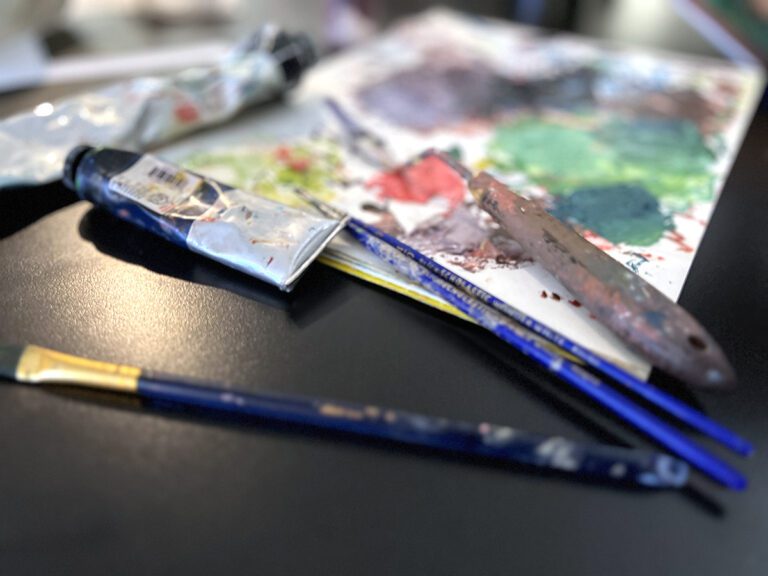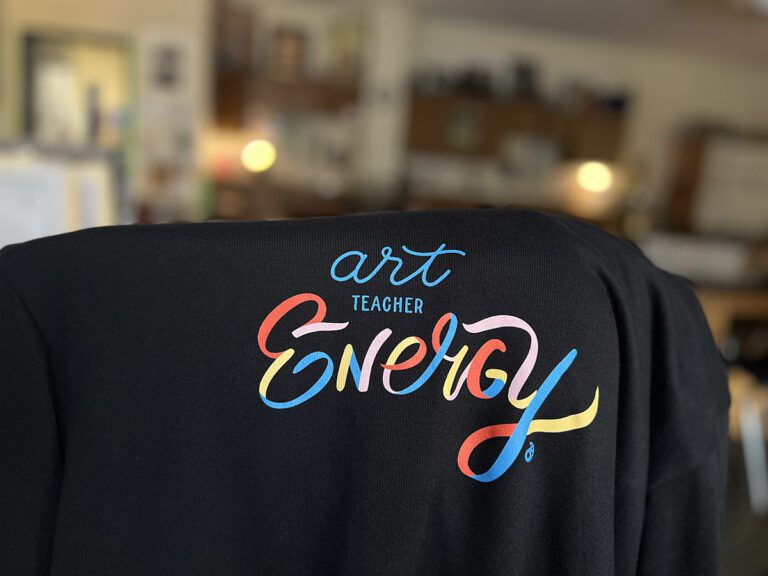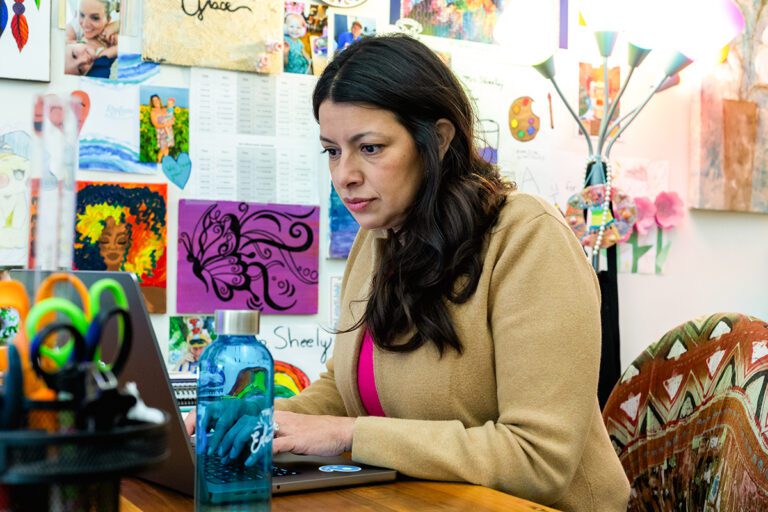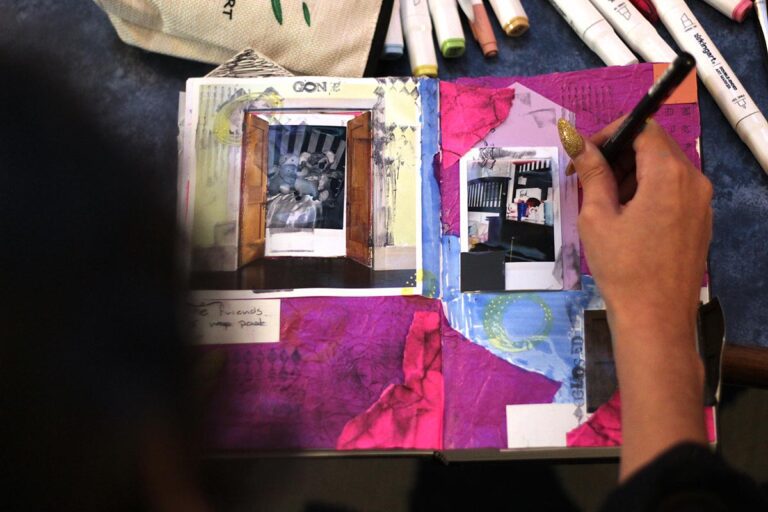“Anything you ask your students to do repeatedly should be made into a routine.” -Michael Linsin, The Classroom Management Secret.
Routines help us preserve learning time. They help cut down on misbehavior, and they allow our rooms to run like well-oiled machines. When our routines go awry and communication falters, it’s frustrating for all parties involved. When this happens, it’s important not to give up! There are steps you can take to help fix your failing routines. Check out the video below to see how!
When reevaluating your routines and expectations you should:
1. Reevaluate the purpose and function of the routine.
Does the routine actually improve the learning environment of your classroom? Is it something that your students should do every day?
2. Have a conversation with students about what is or isn’t working as it relates to the routine.
Which of your expectations or communication methods are unclear?
3. Reteach, model, and practice, practice, practice.
Repeat this sequence as needed. It is important for students to feel successful. Linsin emphasizes that this feeling of success will help to further ensure correct performance of each routine.
How do you teach routines in your art room?
What do you do when a routine is failing?
Magazine articles and podcasts are opinions of professional education contributors and do not necessarily represent the position of the Art of Education University (AOEU) or its academic offerings. Contributors use terms in the way they are most often talked about in the scope of their educational experiences.




